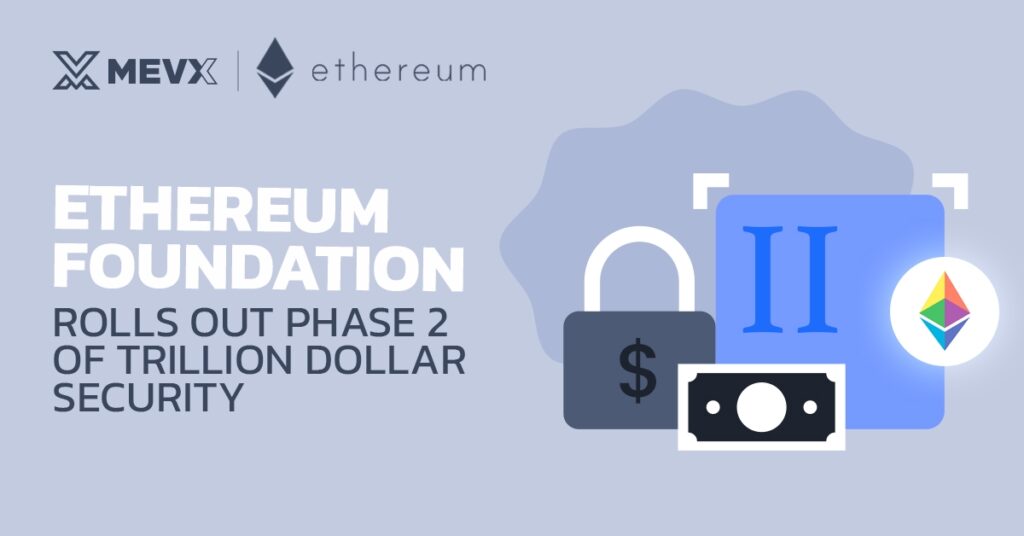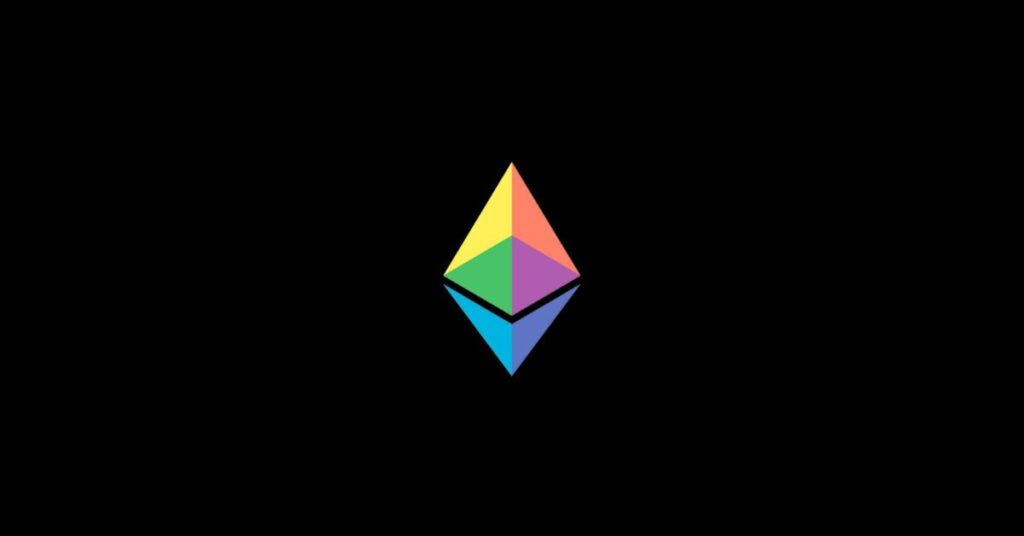Ethereum Foundation‘s ambitious “Trillion Dollar Security” initiative, a bold push to fortify the Ethereum network against threats, aiming to safeguard trillions in on-chain assets.

Launched earlier this year, this ecosystem-wide effort has now advanced to Phase 2, unveiled on August 20, 2025, with a sharp focus on improving wallet user experience (UX), tackling blind signing vulnerabilities, and building defenses against smart contract exploits. Let’s break it down.
The Origins and Goals of Trillion Dollar Security
The Trillion Dollar Security initiative, often abbreviated as 1TS, was first announced in May 2025 by the Ethereum Foundation. Its core mission is to elevate Ethereum‘s security to a level where individuals can comfortably store over $1,000 in assets, and institutions can trust it with trillions in a single contract or app.
Phase 1 kicked off with a comprehensive ecosystem survey, gathering insights from users, developers, security experts, and organizations.

The result? A detailed Security Challenges Overview Report was released in June 2025, categorizing issues into six key areas: UX challenges, smart contract vulnerabilities, infrastructure security, consensus protocol risks, incident response, and social layers.
Led by experts like Fredrik Svantes and Josh Stark, this phase laid the groundwork by prioritizing UX as the most pressing barrier to mass adoption. The report highlighted how poor wallet interfaces lead to user errors, scams, and lost funds, underscoring the need for immediate action.
Phase 2: Prioritizing Wallet UX Improvements and Beyond
Building on Phase 1’s findings, Phase 2 shifts from assessment to action, targeting high-impact, short-term fixes alongside long-term projects. The Ethereum Foundation describes it as the first “wave” of initiatives, with more to follow periodically.

At its heart, Phase 2 addresses wallet security head-on, aiming to make Ethereum accessible and safe for billions of users. Here are the main focus areas outlined in the announcement:
- Minimum Security Standards for Ethereum Wallets and Walletbeat Support
- This involves creating and promoting a baseline security standard for wallets, inspired by tools like L2BEAT.
- It covers transparent transactions, tamper-resistant interfaces, privacy features, and approval management.
- The Foundation is funding Walletbeat, a project that evaluates wallets against these standards to help users choose secure options and push developers to prioritize safety.
- Unlocking Solutions to Blind Signing
- Blind signing, where users approve transactions without fully understanding their implications, is a major scam vector.
- Phase 2 explores R&D for better transaction decoding, including expanding the Verifier Alliance database (with over 8 million verified contracts) and enabling wallet simulations of transaction outcomes.
- It also revives ideas from past proposals like ERC-4430 and EIP-7730, potentially introducing optional transaction assertions at the protocol level for enhanced clarity.
- Preventing Exploitable Code Deployment
- To curb smart contract hacks, the initiative is building an open-source vulnerability database.
- This resource will integrate with development tools and IDEs, allowing pre-deployment scans.
- Contributions from auditors, white-hat hackers, and bug bounty platforms will enrich it, making it easier for developers to avoid common pitfalls like re-entrancy attacks.
These efforts are designed to evolve, with the Foundation inviting community input via email at [email protected]. Short-term actions could yield quick wins, while multi-year projects aim for systemic changes.
Broader Implications for Ethereum’s Future
By enhancing wallet UX, Trillion Dollar Security could accelerate Ethereum’s path to mainstream use, reducing barriers for newcomers wary of security risks.
However, challenges remain: implementation depends on decentralized collaboration, and success hinges on adoption by wallet providers and developers.
Critics note that while UX improvements are vital, deeper issues like quantum resistance and staking decentralization need equal attention in future phases. Still, this initiative positions Ethereum as a leader in blockchain security, potentially influencing other networks.
In a landscape where hacks cost billions annually, Trillion Dollar Security represents a proactive stance. As Ethereum scales, these enhancements could unlock trillions in locked value, fostering trust and innovation.
For more insights on blockchain advancements like Trillion Dollar Security, follow the MevX blog today, and stay ahead in the crypto curve!
Share on Social Media:
